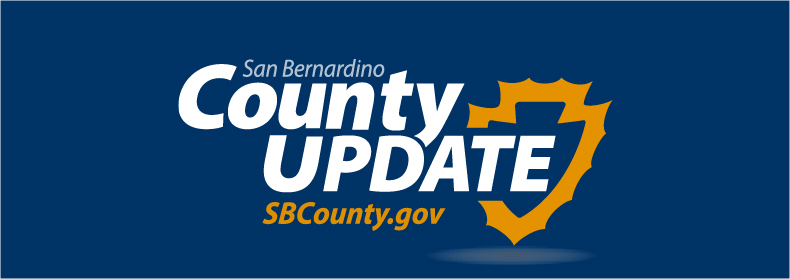Naloxone (Narcan) Nasal Spray is used to temporarily reverse the effects of an opioid overdose, potentially saving a life.
What is Fentanyl?
Fentanyl is a synthetic opioid that is up to 50 times stronger than heroin and 100 times stronger than morphine. It is a major contributor to fatal and nonfatal overdoses in the U.S, according to the Centers for Disease Control and Prevention.
There are two types of fentanyl: pharmaceutical fentanyl and illicitly manufactured fentanyl. Both are considered synthetic opioids. Pharmaceutical fentanyl is prescribed by doctors to treat severe pain, especially after surgery and for advanced-stage cancer.
However, most recent cases of fentanyl-related overdose are linked to illicitly manufactured fentanyl, which is distributed through illegal drug markets for its heroin-like effect. It is often added to other drugs because of its extreme potency, which makes drugs cheaper, more powerful, more addictive, and more dangerous.
Drugs may contain deadly levels of fentanyl, and you wouldn’t be able to see it, taste it, or smell it. It is nearly impossible to tell if drugs have been laced with fentanyl unless you test your drugs with fentanyl test strips.
Signs of an Overdose
Recognizing the signs of opioid overdose can save a life. Here are some things to look for:
- Small, constricted “pinpoint pupils”
- Falling asleep or losing consciousness
- Slow, weak, or no breathing
- Choking or gurgling sounds
- Limp body
- Cold and/or clammy skin
- Discolored skin (especially in lips and nails)
What to Do if You Think Someone is Overdosing
It may be hard to tell whether a person is high or experiencing an overdose. If you aren’t sure, treat it like an overdose—you could save a life.
- Call 911 Immediately.
- Administer naloxone, if available.
- Try to keep the person awake and breathing.
- Lay the person on their side to prevent choking.
- Stay with the person until emergency assistance arrives.
Naloxone (NARCAN)
Naloxone (Narcan) Nasal Spray is used to temporarily reverse the effects of an opioid overdose, potentially saving a life. If you suspect someone you know may have an opioid use problem, having Naloxone Nasal Spray nearby can provide additional time to get urgent medical help in the case of an overdose.
Using Naloxone Nasal Spray
Naloxone Quick Start Guide (Spanish)
Naloxone Nasal Spray Training Video
Have you had to use Naloxone Nasal Spray on someone? Please use this form to report the use and request more. (It can be filled out anonymously.)
**Good Samaritan Law: AB 472, California’s 911 Good Samaritan Law, provides limited protection from arrest, charge and prosecution for people who seek emergency medical assistance at the scene of a suspected drug overdose. Read more: https://leginfo.legislature.ca.gov/faces/codes_displaySection.xhtml?sectionNum=1799.102.&lawCode=HSC
Substance Use Disorder 24-hour Helpline

(800) 968-2636

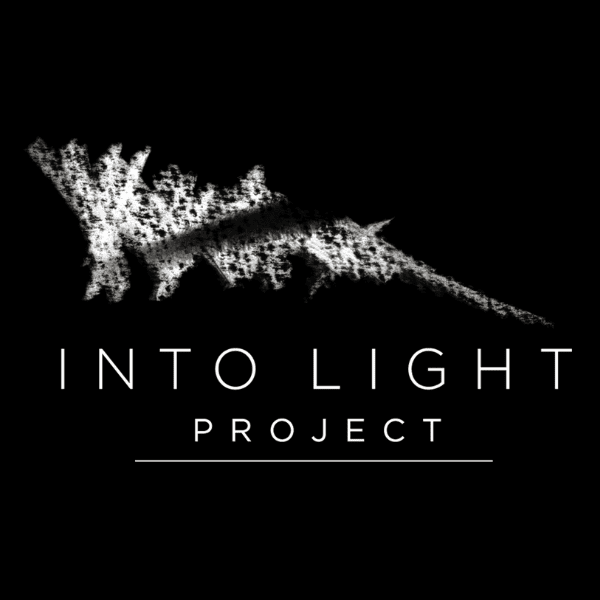
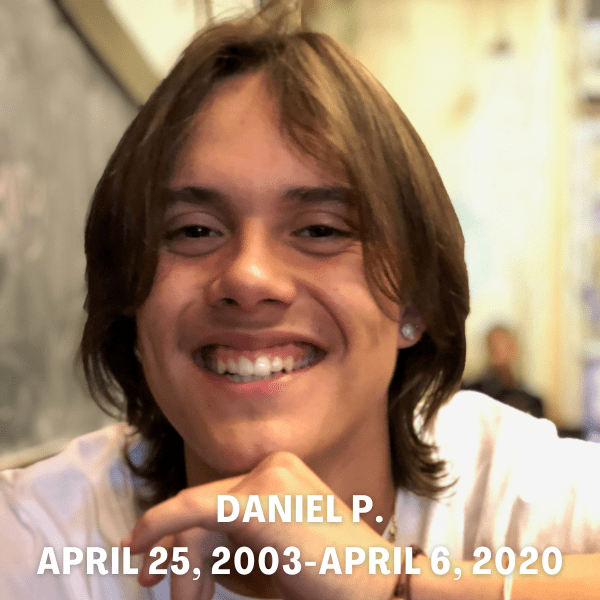
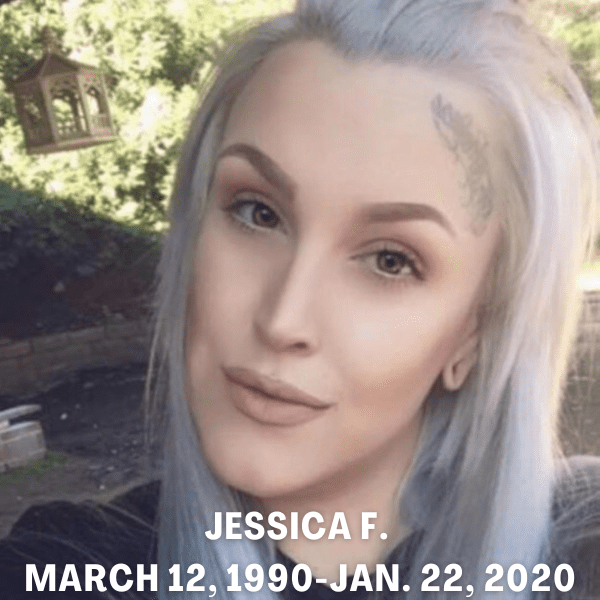
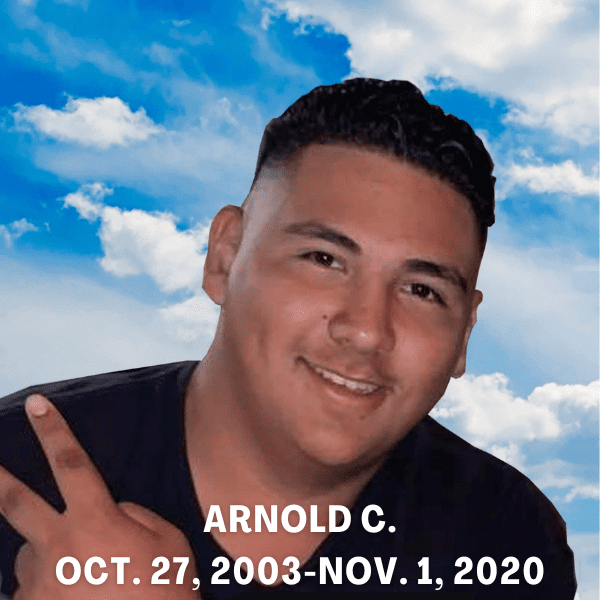
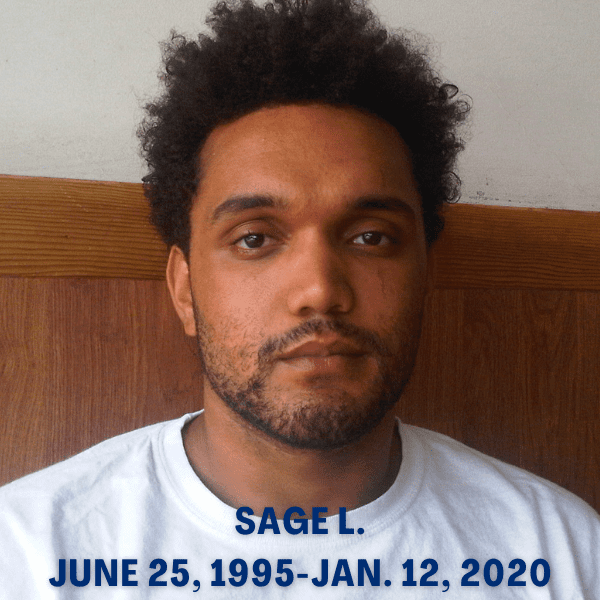
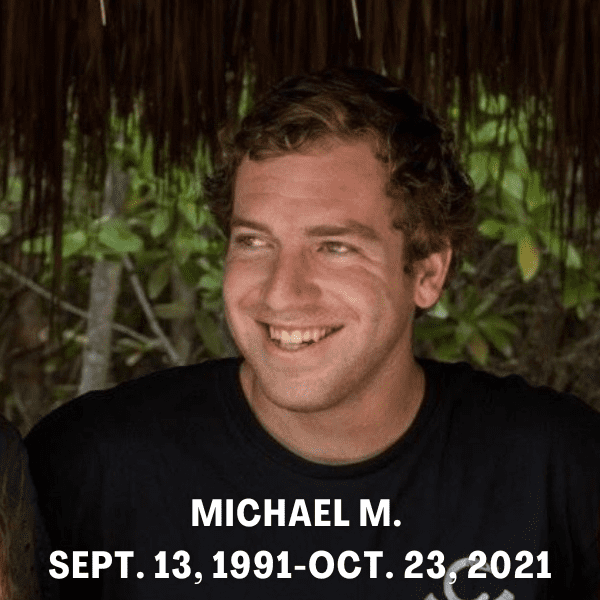
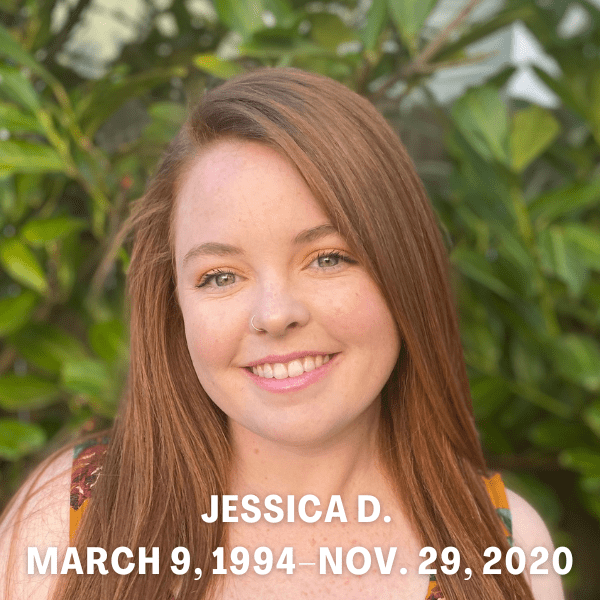
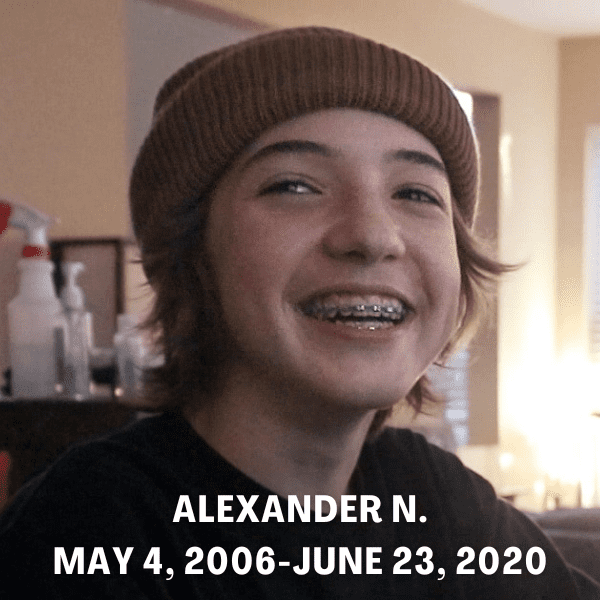
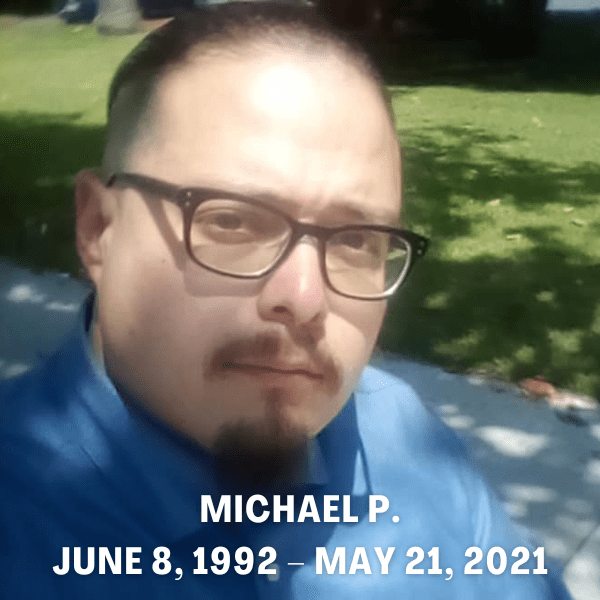
Thank you to all the families of the loved ones for sharing their story and for making a difference.
Substance Use Disorder and Recovery Services
If you suspect a family member or friend might have a problem with substance use, speak to them about getting help. Treatment can be arranged in different modalities to fit almost any schedule. Counselors will work with you and your family member/friend to design a treatment plan that works with you. When you’re ready, you or your family member/friend can call (800) 968-2636 to reach our Substance Use Disorder and Recovery Services (SUDRS) Helpline, 24-hours of the day for a free and confidential assessment.
For information about alcohol and/or drug use treatment options, call (800) 968-2636 for a free and confidential assessment and help finding the treatment that is right for you.
Additional Resources
San Bernardino County Department of Behavioral Health Substance Use Disorder and Recovery Services
SUDRS Handbooks and Provider Directory
CDPH Overdose Prevention Initiative
Getting Help at the Emergency Room
Inland Empire Opioid Crisis Coalition
Victims of Illicit Drugs (V.O.I.D.)
More About Opioid Use Disorder
V.O.I.D.
V.O.I.D. is a non-profit organization that was formed to bring to the public’s attention, through education, awareness and legislative advocacy, the immediate danger of sudden death associated with the use of illicit drugs, in particular FENTANYL, and other emerging synthetic analogs. This will be accomplished through the creation of a network of private, state and national governmental organizations, working together, to provide knowledge, preventive tools, and proposed legislation necessary to reduce the number of deaths occurring through this ever-increasing scourge confronting our society.
Watch their documentary “Dead on Arrival”:
The film Dead on Arrival was released in September 2021 and since then researchers have confirmed that fentanyl overdose caused by casual exposure to the skin is virtually impossible. This new research does not discount the potency and fatality of fentanyl when smoked, injected or otherwise ingested; always proceed with caution when interacting with unknown substances. It is important that we clarify and share new research as it becomes available. Note, this film was produced by an external, non-San Bernardino County entity and the distribution of this content is with the purpose of fentanyl awareness and prevention.
